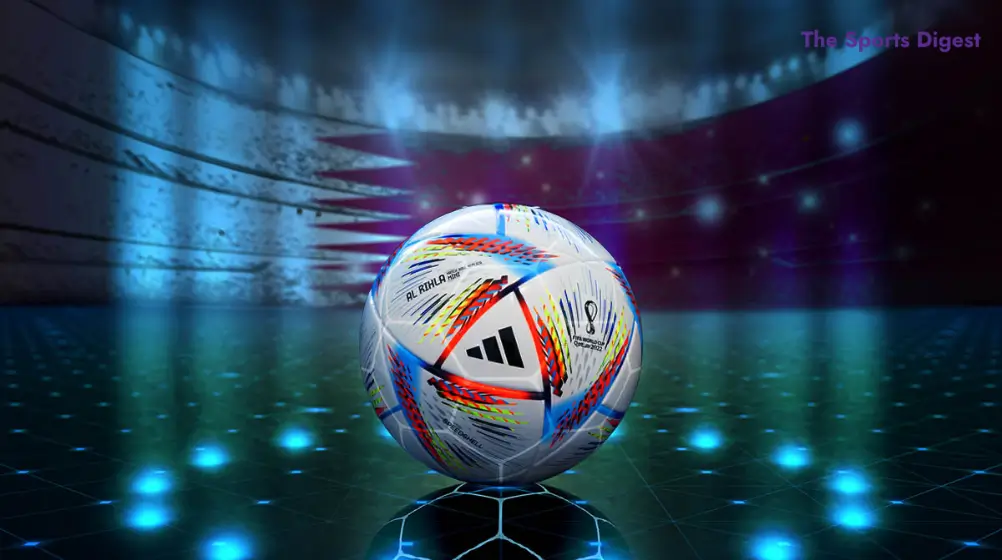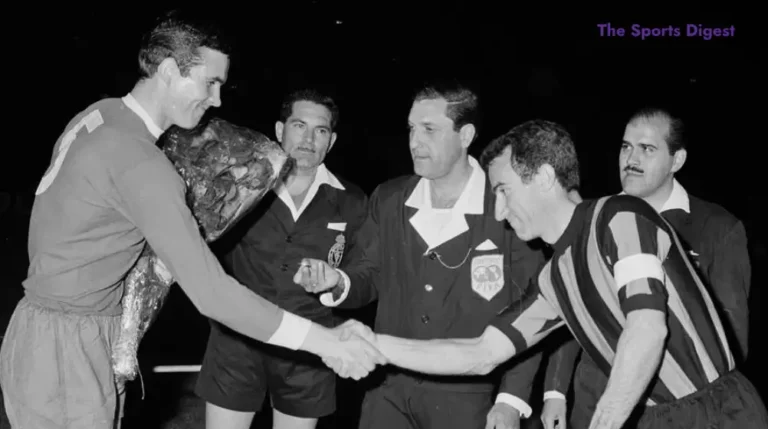Ball Technology: A World Cup Revolution
The beautiful game is evolving. When the 2022 World Cup kicked off in Qatar, it wasn’t just the players making history – the humble soccer ball itself underwent a technological revolution that promises to change the sport forever. This isn’t merely an incremental improvement; it represents a fundamental shift in how critical moments are officiated and how fans experience the game.
Table of Contents
Ball Technology: The Dawn of a New Era in Soccer Technology
For decades, soccer has wrestled with the challenge of balancing its traditional appeal with technological advancements. While other sports eagerly embraced high-tech solutions, soccer remained somewhat resistant – until now. The introduction of sophisticated ball-tracking technology at the 2022 World Cup marks a watershed moment that addresses one of the sport’s most contentious issues: officiating accuracy.
At the heart of this innovation is the enhancement of the Video Assistant Referee (VAR) system, particularly for offside decisions. These calls, often determining the outcome of matches, have historically been subject to human error and inconsistency. The new technology promises to deliver greater precision and significantly faster decisions, potentially transforming the flow and fairness of the game.
Ball Technology: Understanding the Technology – What’s Inside the Ball?
The “semi-automated offside” system combines artificial intelligence with human verification in a groundbreaking partnership. The magic begins with a KINEXON-designed device nestled inside each official match ball. Weighing just 14 grams – barely noticeable to players – this technological marvel houses two distinct sensors working in harmony:
- Ultra-wideband (UWB) sensor: This provides precise real-time positioning data, offering superior accuracy compared to GPS or Bluetooth technologies. The UWB sensor tracks the ball’s exact location on the pitch with unprecedented precision.
- Inertial measurement unit (IMU) sensor: This sophisticated component detects the ball’s subtle movements in three dimensions, capturing everything from gentle touches to powerful strikes.
The system captures data at an astounding 500 frames per second, transmitting information in real-time to a local positioning system through network antennas positioned around the pitch. Perhaps most impressively, if a ball goes out of play and is replaced, the system automatically switches to tracking the new ball without missing a beat.
Adidas, the ball’s manufacturer, developed specialized suspension technology to ensure the sensor remains perfectly centered within the ball regardless of impact forces. This innovation ensures the technology doesn’t affect the ball’s flight or behavior during play.
Ball Technology: Beyond the Ball – The Complete Tracking Ecosystem
The in-ball sensor works in concert with Hawk-Eye’s optical camera tracking system – a network of twelve specialized cameras installed around the stadium. These cameras track both the ball and each player 50 times per second, mapping an impressive 29 body points per player to create a comprehensive digital representation of the match.
This dual-system approach creates a powerful synergy:
- KINEXON’s sensor provides precise ball location and movement data
- Hawk-Eye’s cameras track player positions and movements across the pitch
The combined data feeds into sophisticated AI software that generates automated offside alerts for video match officials. These alerts happen significantly faster than manual reviews, reducing interruptions to the game’s flow. Additionally, the system creates stunning 3D renderings for broadcast and in-stadium screens, giving fans unprecedented insight into officiating decisions.
Ball Technology: Ensuring Accuracy – Rigorous Testing and Validation
FIFA didn’t implement this technology without extensive verification. The system’s accuracy hinges on several critical factors:
Refresh rate: The KINEXON system’s 500Hz frequency means data gaps of less than two milliseconds – effectively continuous tracking for human perception.
Precision synchronization: The KINEXON and Hawk-Eye data streams are synchronized with precision down to one-millionth of a second using a PTP master clock, ensuring perfect alignment of player and ball position data.
Ground truth testing: As mandated by FIFA’s Quality Programme for Electronic Performance and Tracking Systems (EPTS), the technology underwent comparison against a minimum of 36 high-quality Vicon motion-capture cameras with reflective markers on the ball and players. This created an ultra-accurate baseline to validate the system’s performance.
Player perception testing: Adidas conducted blind tests where players were unable to distinguish between normal and sensor-equipped balls, confirming the technology doesn’t affect feel or performance.
Mechanical validation: Robotic shooting devices and high-speed cameras verified that the sensor doesn’t alter the ball’s flight characteristics.
These rigorous tests were conducted in various real-world settings, including the 2021 FIFA Arab Cup and UEFA Champions League matches, providing strong evidence of the system’s readiness for the world stage.
Ball Technology: Beyond Officiating – Transforming the Sport’s Future
While improving officiating decisions represents the technology’s immediate application, its potential extends far beyond the referee’s whistle. The combination of ball and player tracking opens exciting possibilities:
Enhanced tactical analysis: Teams and coaches gain access to unprecedented data about ball movement, possession patterns, and player interactions. This wealth of information can inform strategy development and player evaluation in ways previously impossible.
Revolutionary broadcast experiences: Imagine viewing matches with interactive 3D graphics and overlaid data that you control. Similar to the LA Clippers’ “CourtVision” in basketball, soccer broadcasts could allow viewers to customize their viewing experience with real-time statistics and visual enhancements.
Immersive virtual reality: The technology creates the foundation for truly immersive VR experiences, potentially allowing fans to experience the game from a player’s perspective, feeling the excitement of being on the pitch during crucial moments.
Advanced gaming integration: Future video games could incorporate real-world ball physics and player movement data, creating unprecedented realism in soccer simulations.
Performance optimization: The wealth of data centered around the ball – soccer’s “heartbeat” – can inform training methodologies, injury prevention strategies, and player development programs.
Various leagues are already exploring how to enhance existing datasets with insights from ball tracking. In a compelling example, the technology was used in a Liga Portugal relegation match to collect over 300 distinct metrics, providing unprecedented insight into the game’s dynamics.
Ball Technology: A New Chapter in Soccer’s Story
The 2022 World Cup marks a pivotal moment in soccer’s technological evolution. As the sport embraces these advancements, we’re witnessing the beginning of a new era where data and technology enhance rather than detract from the beauty of the game.
The implications extend beyond professional competitions. As this technology becomes more accessible, it could transform player development at all levels, create new ways for fans to engage with the sport, and provide deeper insights into the game’s most magical moments.
Soccer’s fundamental nature remains unchanged – it’s still about skill, strategy, passion, and the joy of competition. But now, with this revolutionary ball technology, the sport moves forward with greater precision, fairness, and potential for innovation than ever before.
Have you ever read an article like this?
There are no reviews yet. Be the first one to write one.






